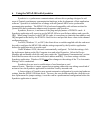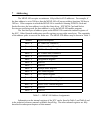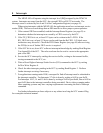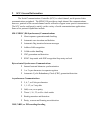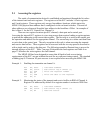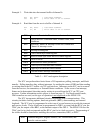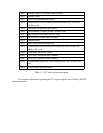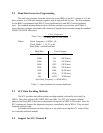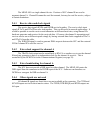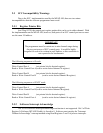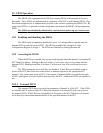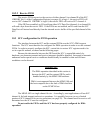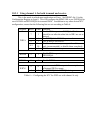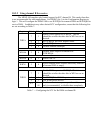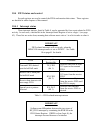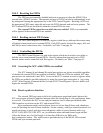
The MPAP-100 is a single-channel device. Portions of SCC channel B are used to
augment channel A. Channel B cannot be used for transmit, but may be used for receive, subject
to certain limitations.
9.4.1 Receive data and clock signals
The receive data signals RXDA and RXDB are tied together. The receive clock input
signals RTxCA and RTxCB are also tied together. This can be useful in unusual applications. It
would be possible to run the receiver and transmitter at different baud rates, using channel B's
baud rate generator and receiver for the received data. Of course, the channel A transmitter and
receiver can be run at different speeds simply by having external data clocks supplied to TRxCA
and RTxCA from the cable.
The W/REQB signal is used to generate DMA requests between the SCC and the external
FIFOs if channel B is used for receive.
9.4.2 Extra clock support for channel A
The TRxCB clock output can be routed back to RTxCA as another way to use the channel
B baud rate generator to derive an independent clock for the channel A receiver. This is
controlled by the RCKEN bit in the Communications Register (see page 39).
9.4.3 Extra handshaking for channel A
The SCC does not provide a DSR input for either channel. The MPAP-100 routes the
DSR signal from the connector to the DCDB input of the SCC. Software can therefore use
DCDB as a surrogate for DSR on channel A.
9.4.4 Other signals are not used
All channel B signals not listed above are not available at the connector. The CTSB and
SYNCB inputs are tied to their inactive states. The TXDB, DTR/REQB, and RTSB outputs are
left open.



